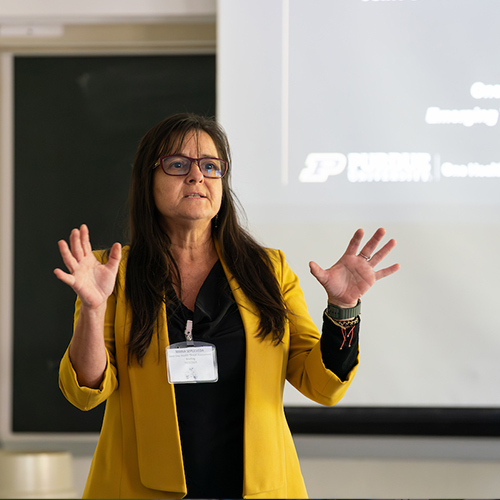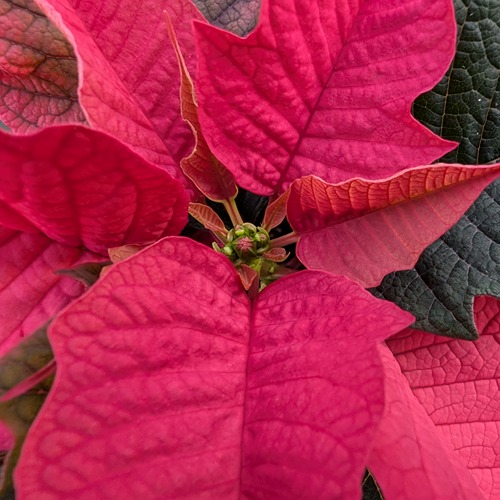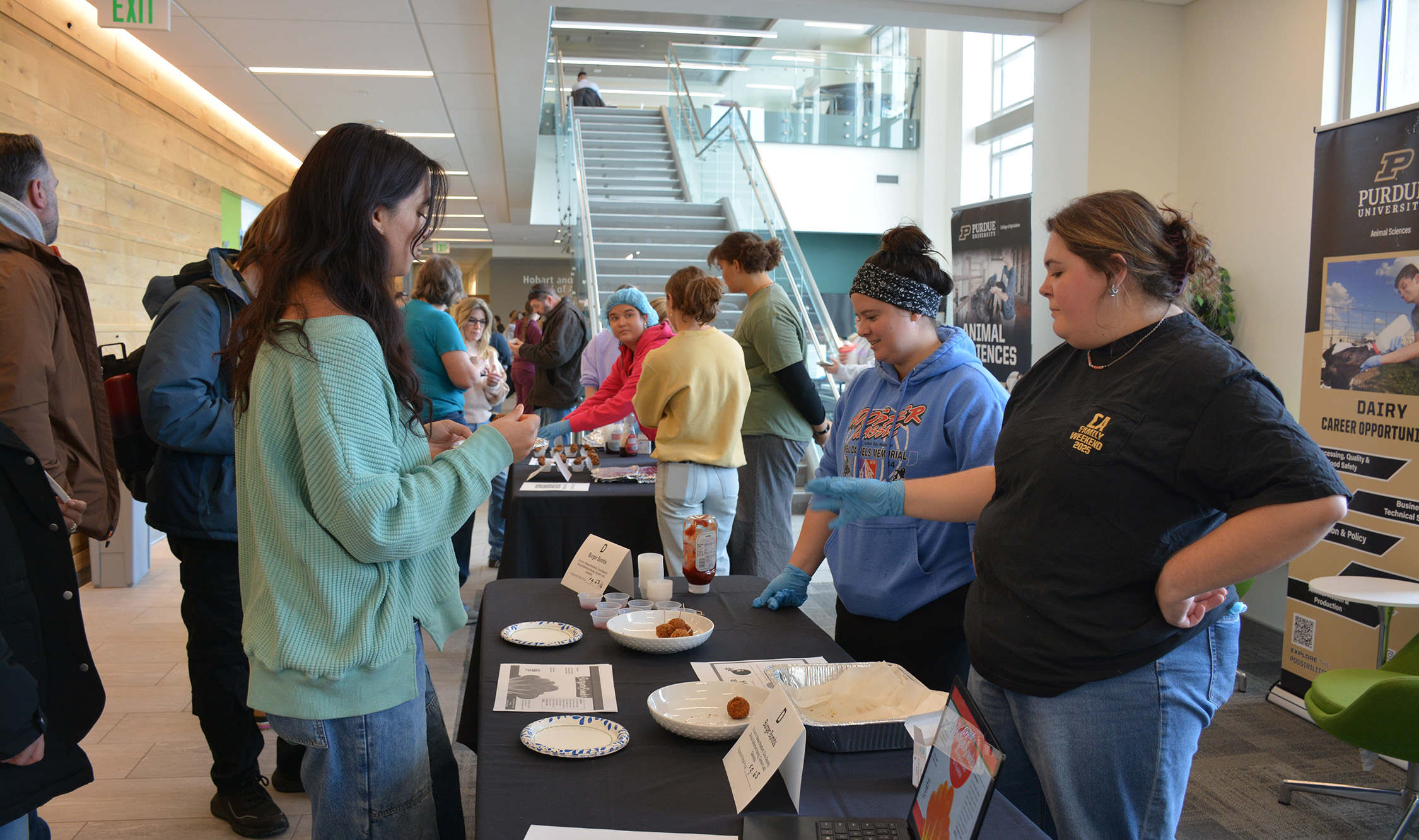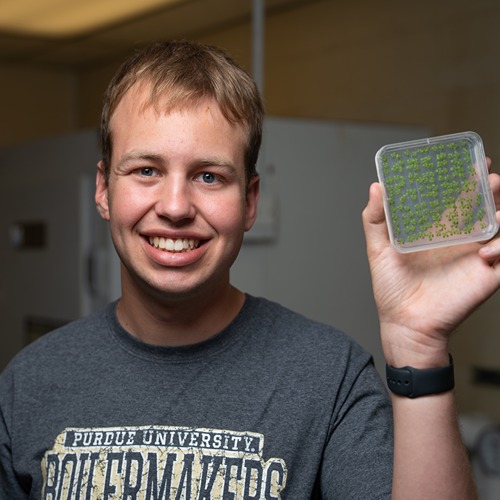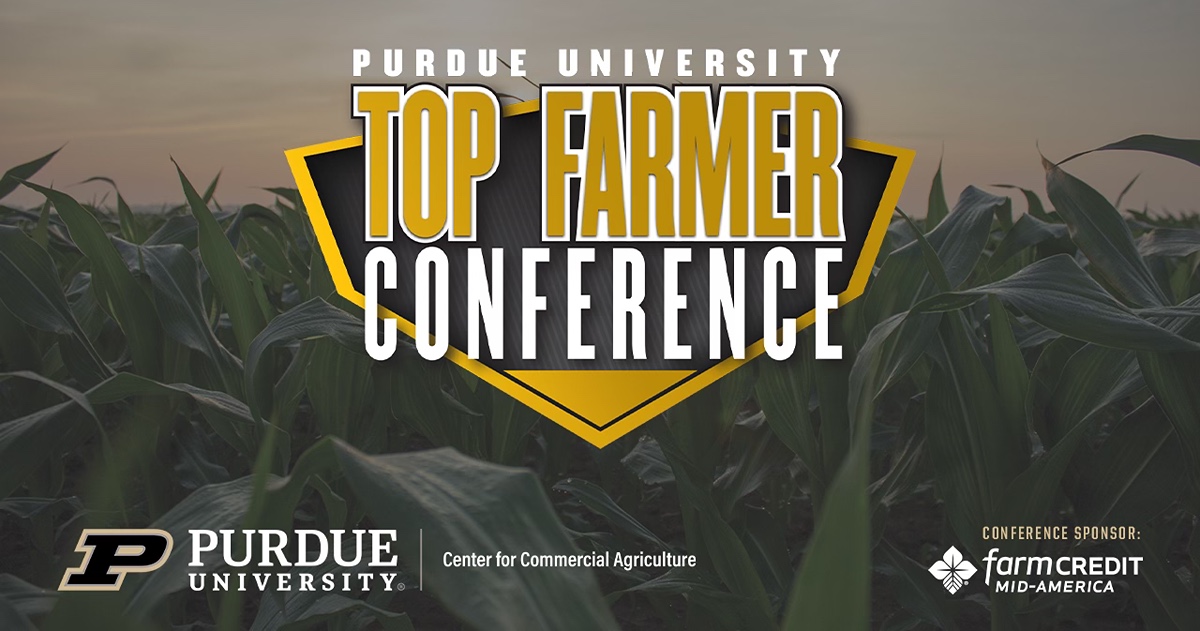Seeing the Century: A Life in Agricultural Engineering
Framed illustrations of barns in Charles (Chuck) Hinkle’s tidy apartment in a West Lafayette retirement community suit the congenial man who was once Purdue’s resident expert in farm structures. There are other mementos, too: a spike from the old Purdue railroad; a Special Boilermaker award; and a 2013 Lifetime Contribution Award from the Department of Agricultural and Biological Engineering (ABE), in which Hinkle (B5 ’51, ABE) taught for 25 years.
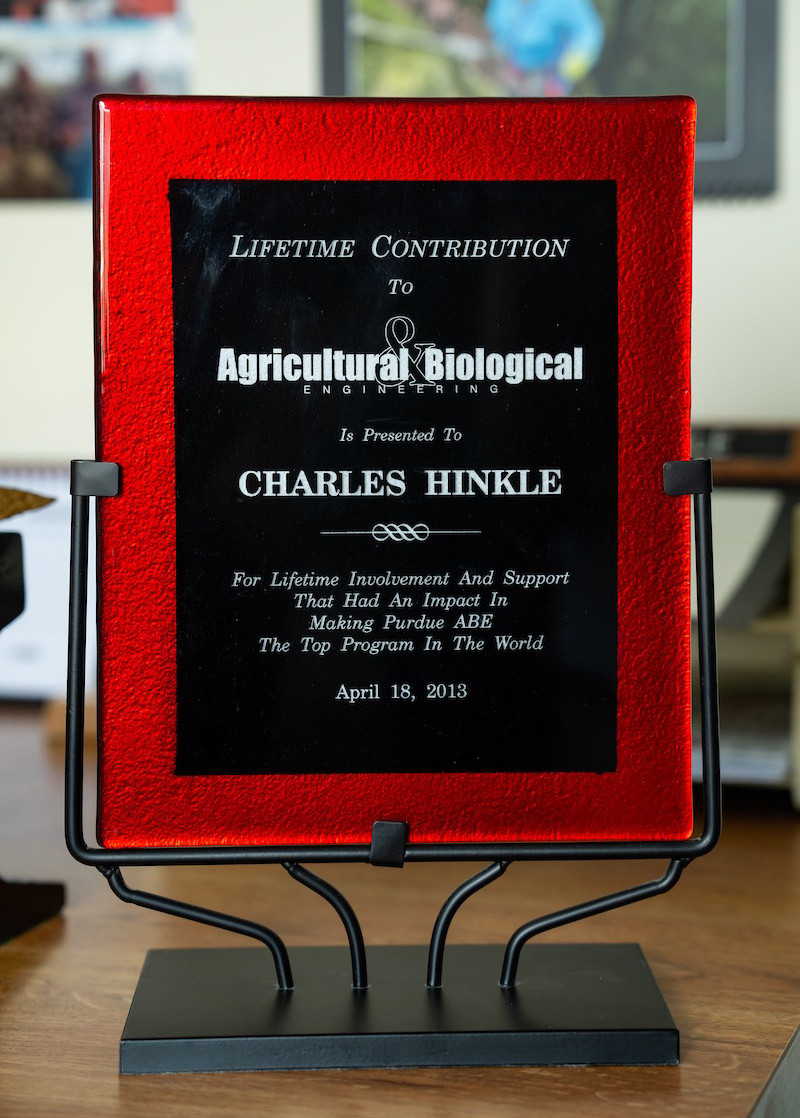 All reflect his affinity for a campus he met as an infant and loves as an alumnus, retired faculty member and Purdue parent.
All reflect his affinity for a campus he met as an infant and loves as an alumnus, retired faculty member and Purdue parent.
Hinkle was born in West Lafayette in 1930, when his father Clifford Hinkle was working on a master’s degree in agricultural engineering at Purdue. “His specialty was tractors at a time when farmers were getting interested in mechanical power rather than hay-fed power,” Hinkle says of his father.
I had my first acquaintance with the ag engineering department at Purdue when I was about four weeks old, when Dad carried me over. My first walk on campus was a few years later.”
The Hinkle family of four — Chuck was the second child — lived on the Wiese farm near the Purdue airport. In 1932, they moved to Chauncey Avenue, and Chuck began his education at the Morton School, now West Lafayette’s Sonya L. Margerum City Hall.
When Clifford Hinkle completed his master’s degree in the depths of the Great Depression, jobs in agriculture were scarce. “He liked to talk to people about tractors and tractor maintenance,” Chuck Hinkle recalls. His father also had comedic timing, and Hinkle remembers him “shoveling” behind a fuel-powered tractor to illustrate one obvious benefit of mechanization. Clifford Hinkle found employment in 1936, and the family moved to a Chicago suburb.
"After my sophomore year of high school my father thought I should get some agricultural learning and hired me out to a friend of his who was farming,” Hinkle says.
His father also took him to Purdue and introduced him to the department head and dean. “It was obvious to me that I was going to be an ag engineer,” Hinkle says, smiling.
Clifford Hinkle arranged for his son to work as a draftsman in the department the summer before classes started. That work experience allowed Hinkle to test out of advanced drafting and accelerated his graduation. Two days after earning his undergraduate diploma in 1951 at age 20, he married his high school sweetheart. “When I went to get my marriage license, I had to take my mom with me,” he laughs.
Wanting to learn more about agricultural structures and farm buildings, Hinkle chose Michigan State University for master’s study. From there he went to Armco Steel, a rolling mill in Middletown, Ohio — “they thought they could use Quonset huts for farm buildings,” Hinkle says — before he was drafted into the Army and sent to Missouri to teach buildings and structures for the Army Corps of Engineers.
After his military service, Hinkle enrolled in a new doctoral program at the University of Missouri that “had a progressive man in charge, and he was a farm buildings man,” he says.
He then took his newly minted doctorate to South Dakota State University, where he taught for seven years. Hinkle received a letter from Gerald Isaacs, then the new ag engineering department head at Purdue, along with Purdue’s revised curriculum, which listed no instructor for the Farm Buildings course. “That was the course Gerry Isaacs taught,” Hinkle says. “I had been in his class. Now he wouldn’t have time. So I figured it was time to get back in the Big Ten.” Hinkle joined the Purdue faculty in 1965 and stayed until retiring in 1990.
He has recently enjoyed returning to campus to tour the new ABE building. Its renovation and expansion, dedicated in 2021, consolidated the department — by then scattered across numerous locations — into a single building on the site of the 1929 structure Hinkle knew as the Agricultural Engineering Building.
There he once advised first-year engineers, taught introductory engineering and enjoyed observing students’ growth from their first to their senior year — and the many possibilities that opened to them.
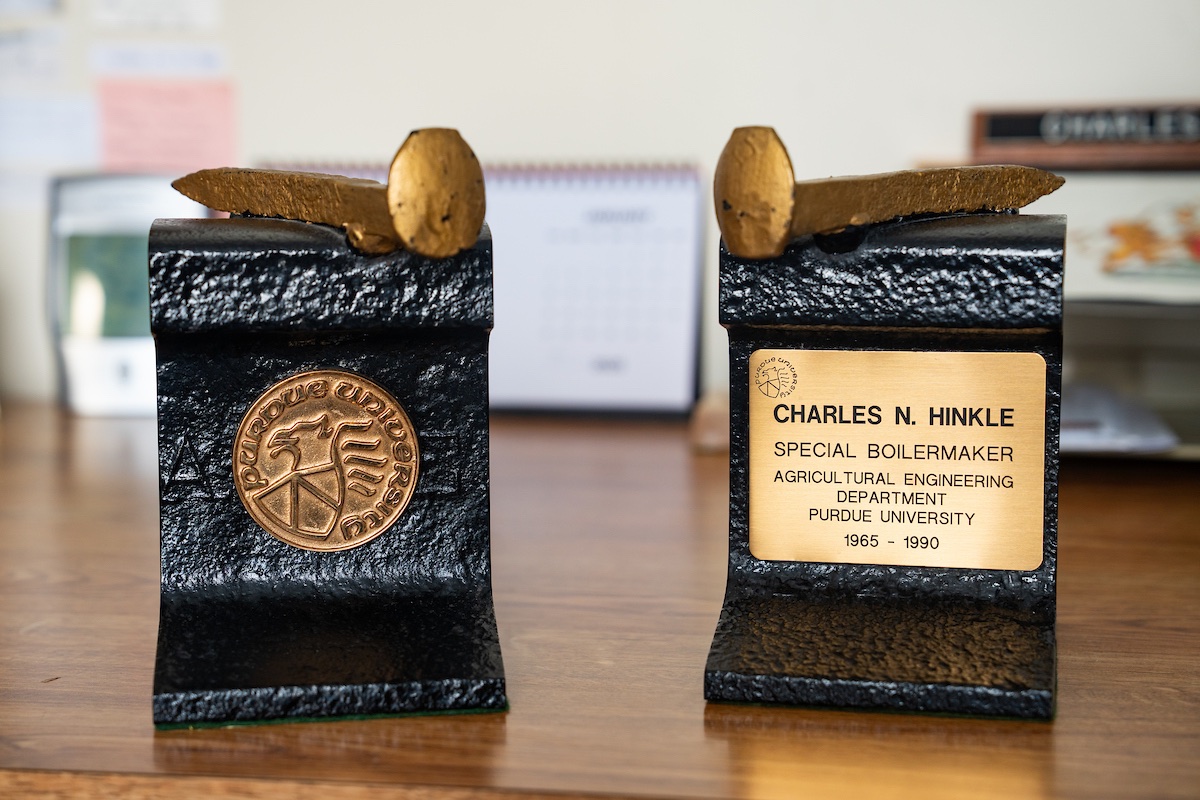
Hinkle counts himself fortunate for the opportunities that came his way at Purdue. “For me, looking back at everything that transpired, I got more than my share.”
